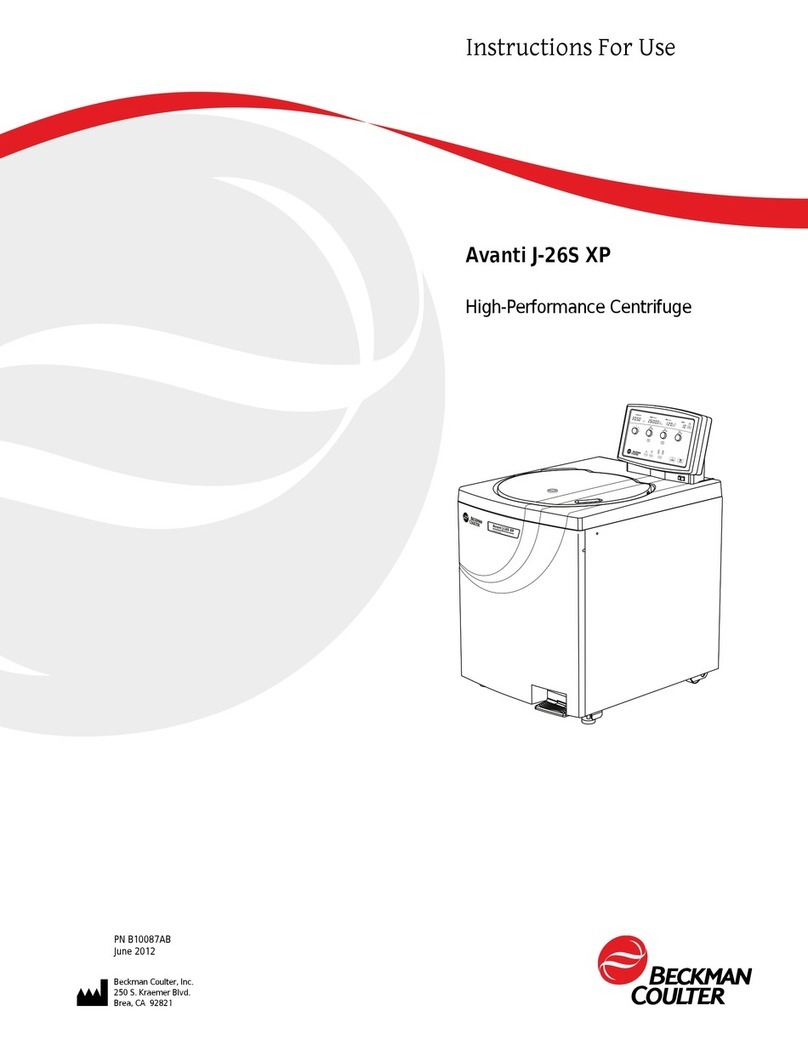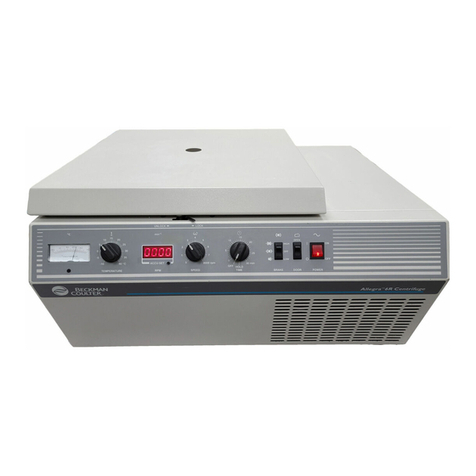Beckman Coulter CytoFLEX SRT User manual
Other Beckman Coulter Laboratory Equipment manuals
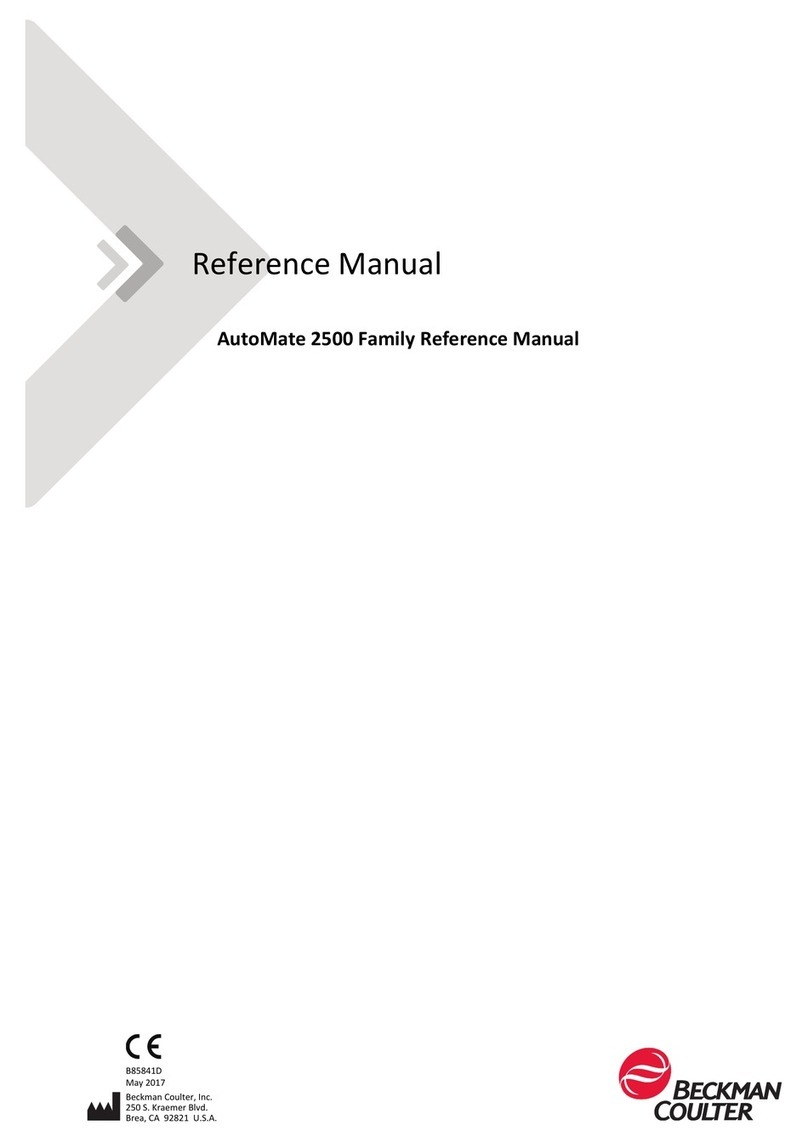
Beckman Coulter
Beckman Coulter AutoMate 2500 series User manual

Beckman Coulter
Beckman Coulter Optima MAX-TL User manual

Beckman Coulter
Beckman Coulter Allegra 64R User manual

Beckman Coulter
Beckman Coulter Avanti J-E User manual
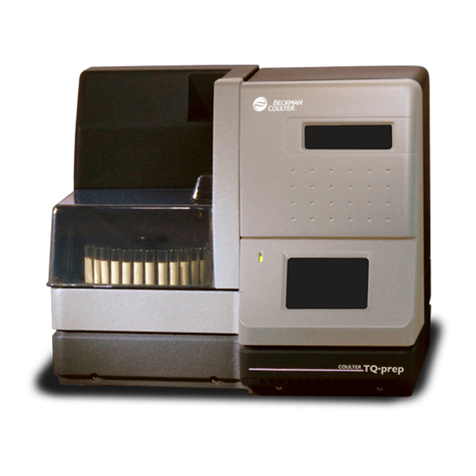
Beckman Coulter
Beckman Coulter TQ-Prep Service manual
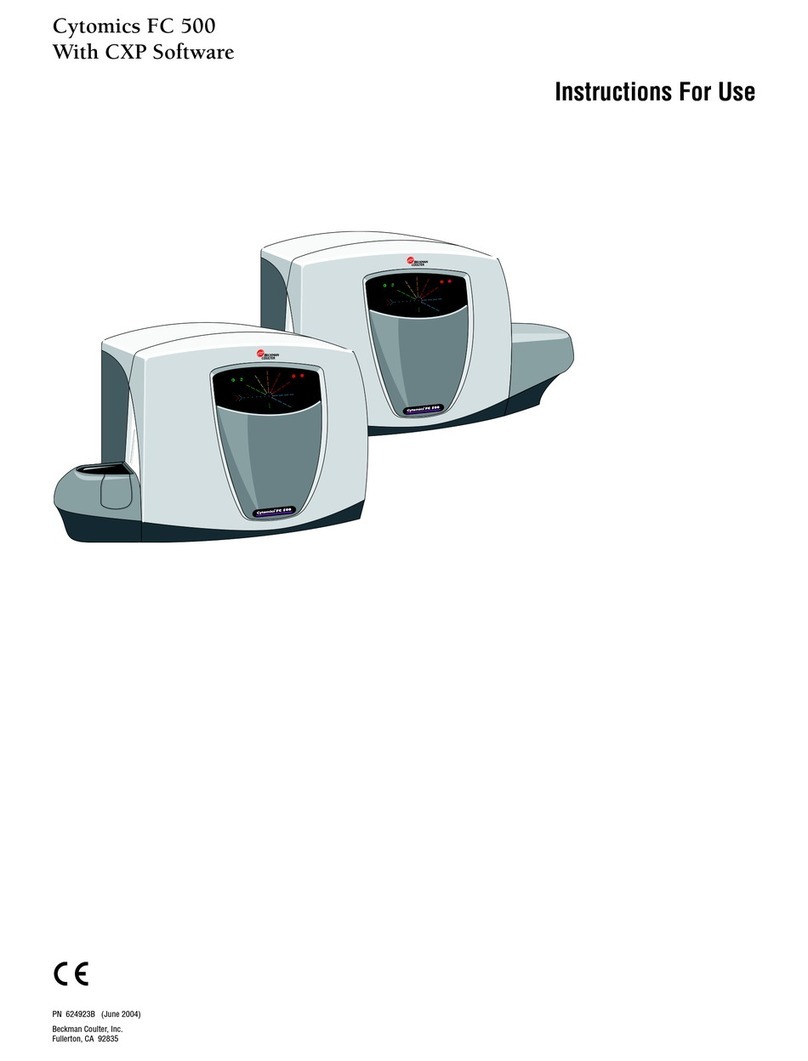
Beckman Coulter
Beckman Coulter Cytomics FC 500 User manual

Beckman Coulter
Beckman Coulter JA-25.50 User manual
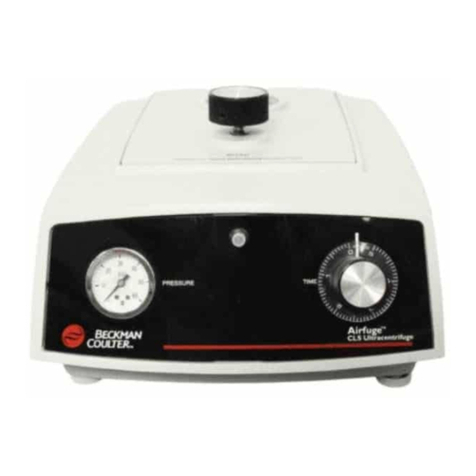
Beckman Coulter
Beckman Coulter Airfuge User manual

Beckman Coulter
Beckman Coulter JA-14.50 User manual
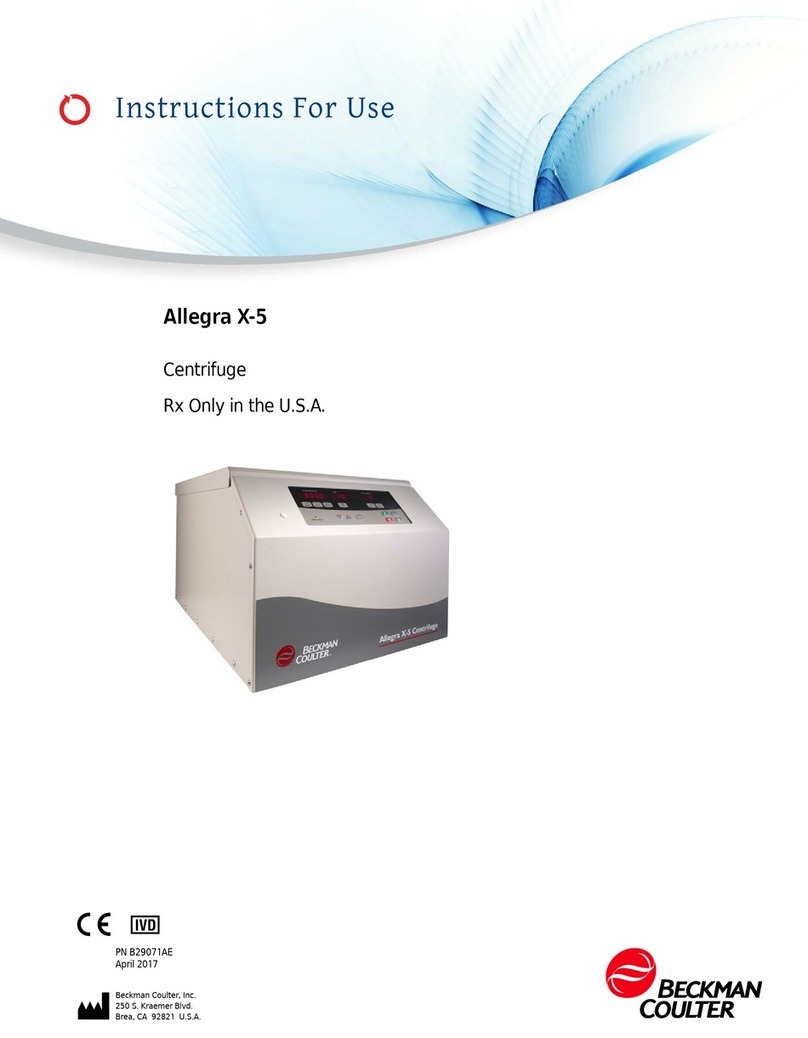
Beckman Coulter
Beckman Coulter Allegra X-5 User manual
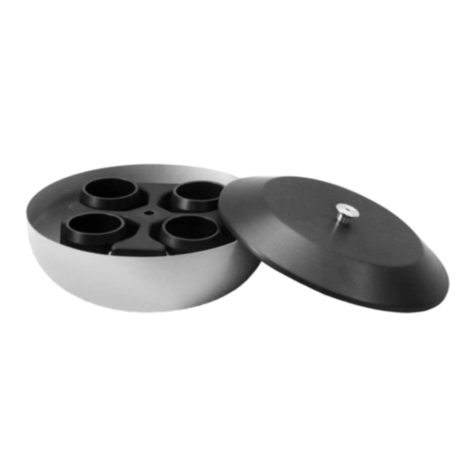
Beckman Coulter
Beckman Coulter JS-5.2 User manual
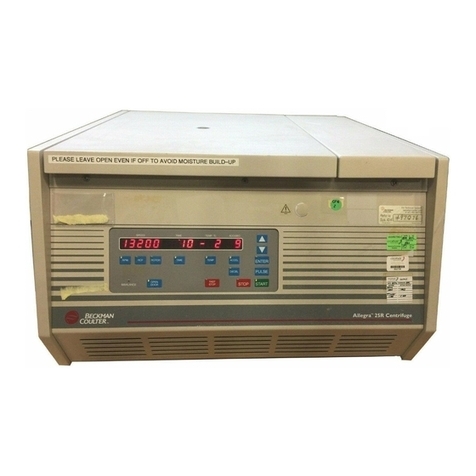
Beckman Coulter
Beckman Coulter Allegra 25R User manual
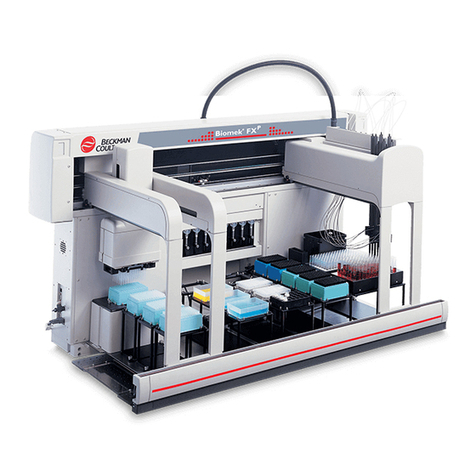
Beckman Coulter
Beckman Coulter BiomekFX User manual
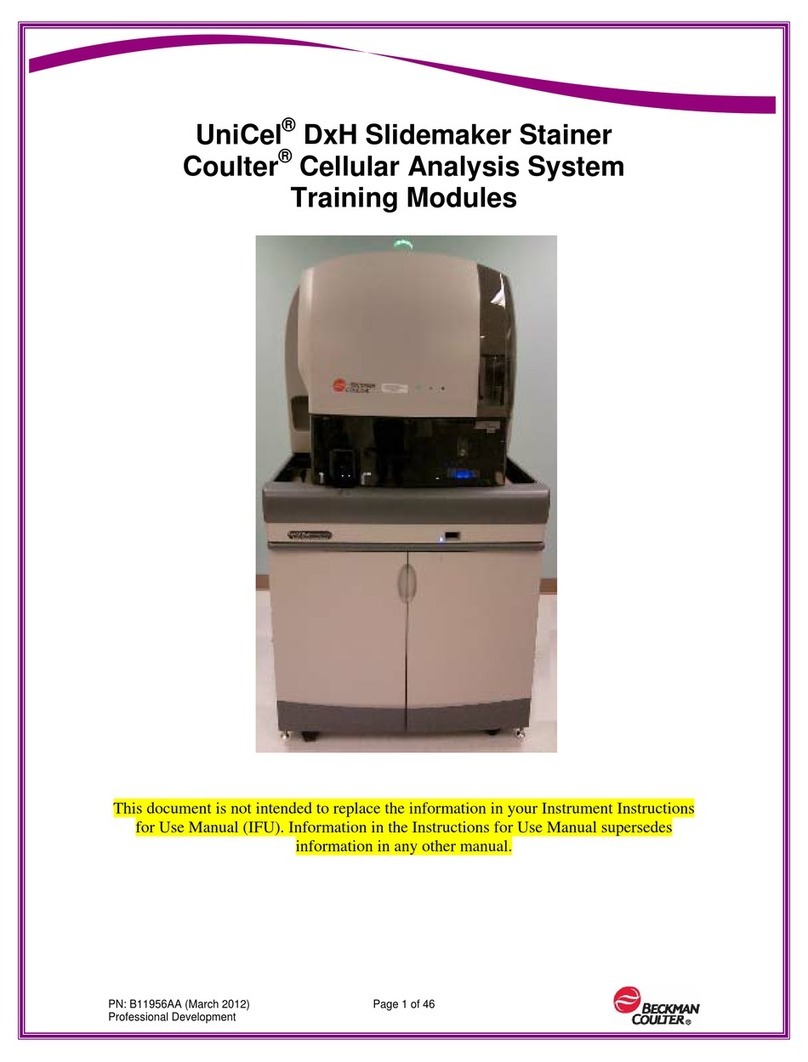
Beckman Coulter
Beckman Coulter UniCel DxH User manual
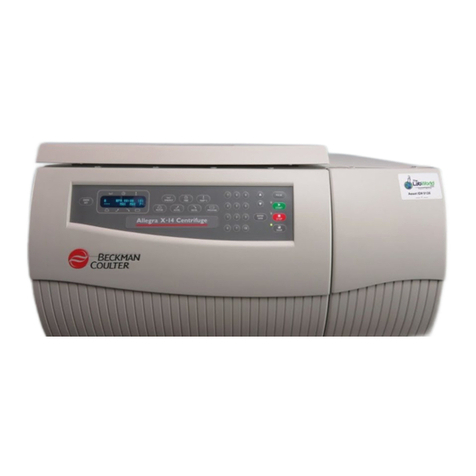
Beckman Coulter
Beckman Coulter Allegra X-14 sERIES User manual

Beckman Coulter
Beckman Coulter Optima MAX-XP User manual
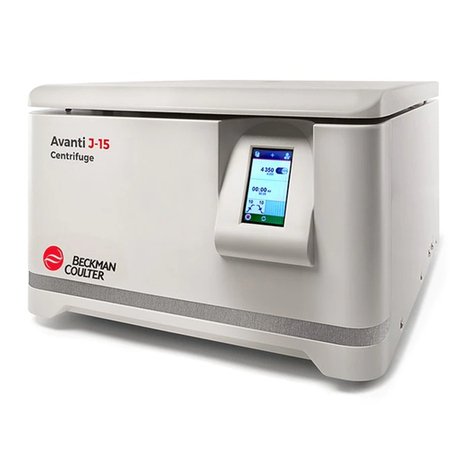
Beckman Coulter
Beckman Coulter Avanti J-15 Series User manual
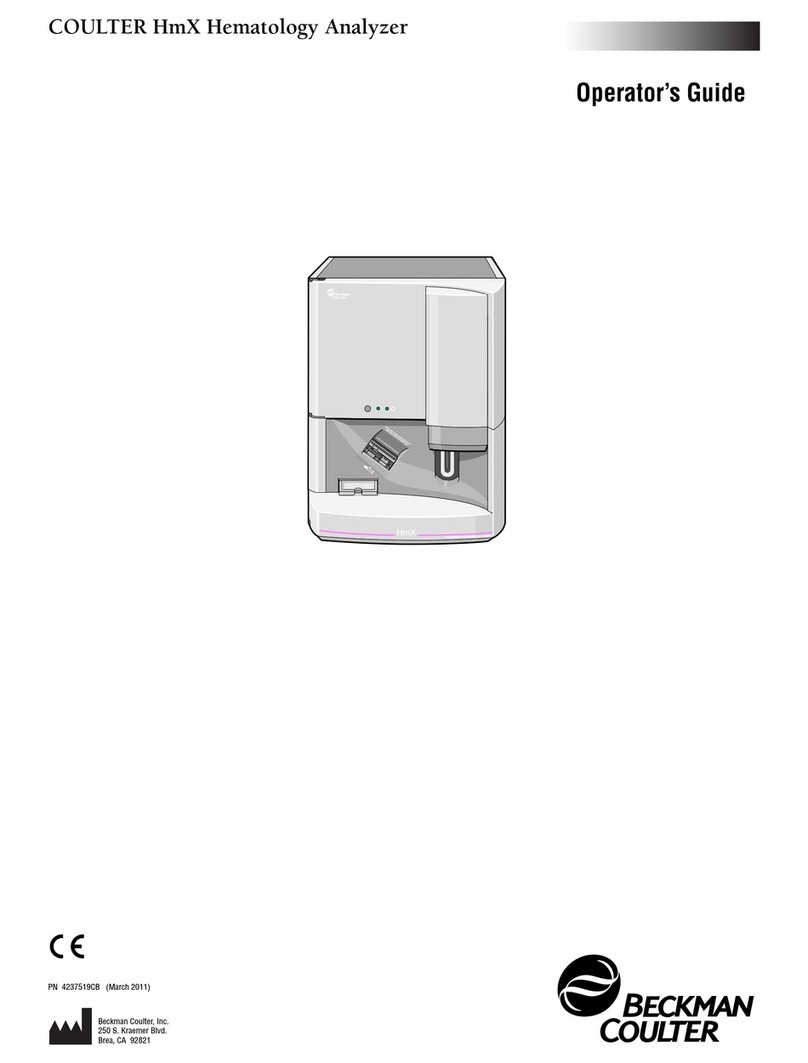
Beckman Coulter
Beckman Coulter COULTER HmX Manual
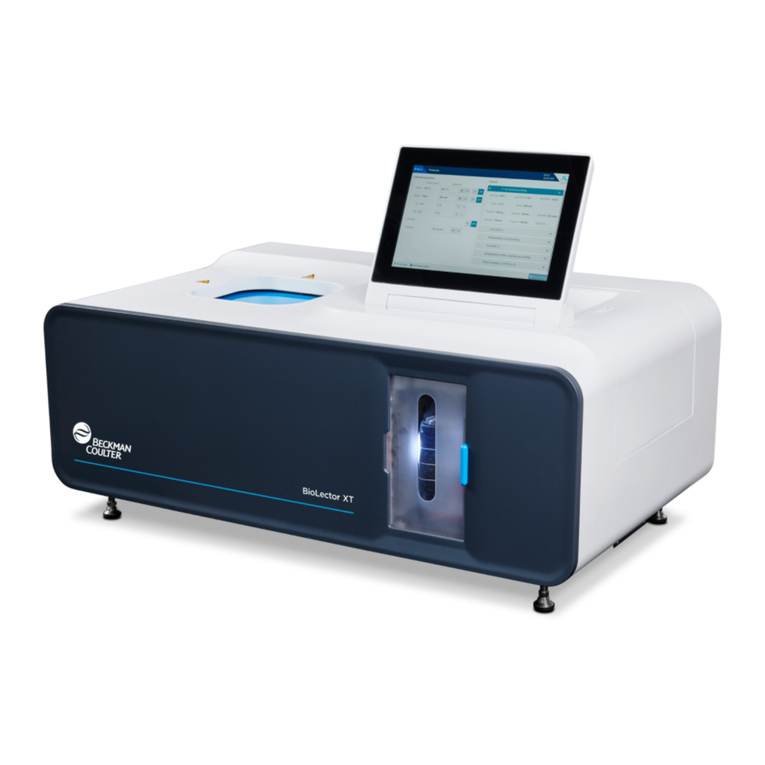
Beckman Coulter
Beckman Coulter BioLector XT Operation and maintenance manual
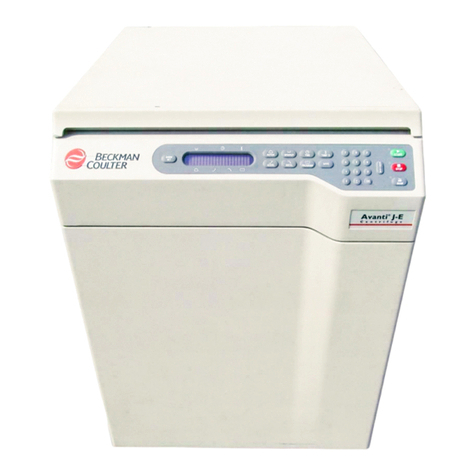
Beckman Coulter
Beckman Coulter Avanti J-E User manual
Popular Laboratory Equipment manuals by other brands

Belden
Belden HIRSCHMANN RPI-P1-4PoE installation manual

Koehler
Koehler K1223 Series Operation and instruction manual

Globe Scientific
Globe Scientific GCM-12 quick start guide

Getinge
Getinge 86 SERIES Technical manual

CORNING
CORNING Everon 6000 user manual

Biocomp
Biocomp GRADIENT MASTER 108 operating manual






